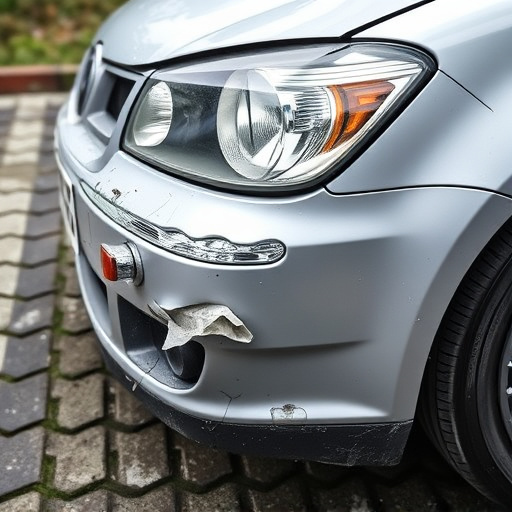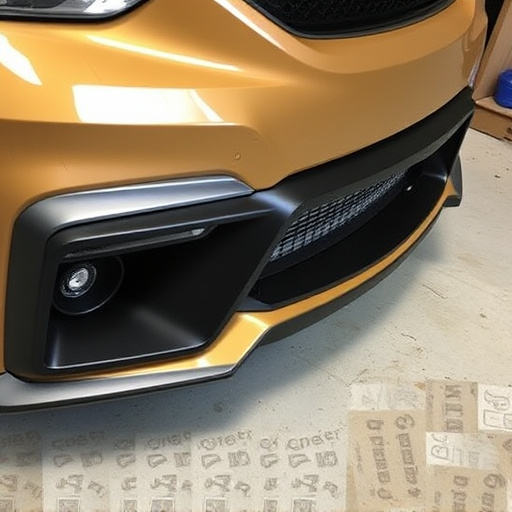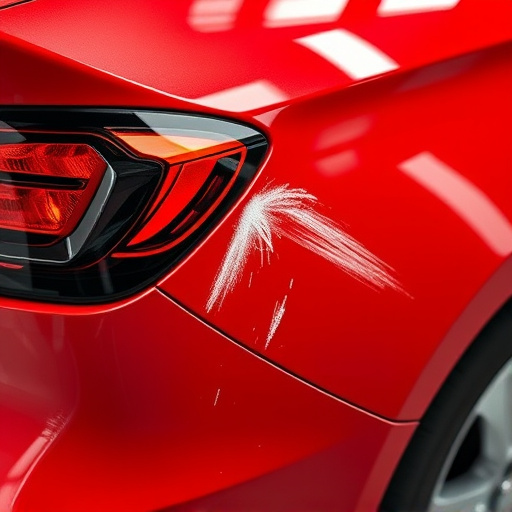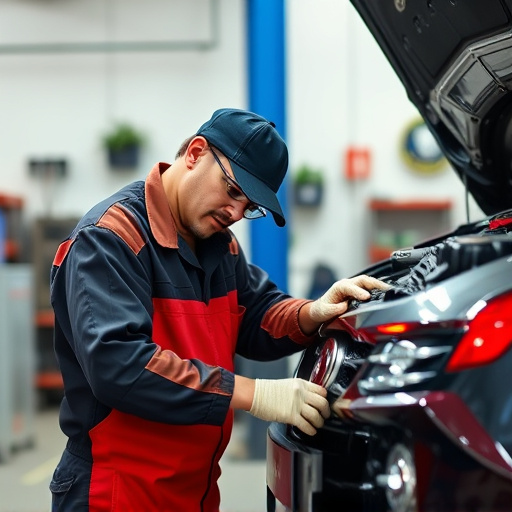In today's market, automotive body shops need advanced tools for composite material replacement as cars use light yet robust materials like carbon fiber and fiberglass. Innovations such as automated fiber placement machines, laser cutting, robotic painting systems, digital design software, and 3D printing improve repair quality, speed up processes, reduce waste, and minimize customer downtime. New technologies also promote sustainability in composite repair and recycling, making replacement more accessible and affordable for various vehicle bodyworks, including Mercedes Benz repairs.
In today’s advanced manufacturing landscape, the demand for composite material replacement is on the rise. This article provides a comprehensive overview of tools and technologies revolutionizing the industry. We delve into understanding the specific needs for composite material replacement, exploring cutting-edge solutions, and implementing sustainable practices. By examining these advancements, manufacturers can optimize processes, reduce costs, and contribute to a greener future while meeting growing market demands for composite material alternatives.
- Understanding Composite Material Replacement Needs
- Exploring Advanced Tools and Technologies
- Implementing Sustainable Solutions for Composite Materials
Understanding Composite Material Replacement Needs
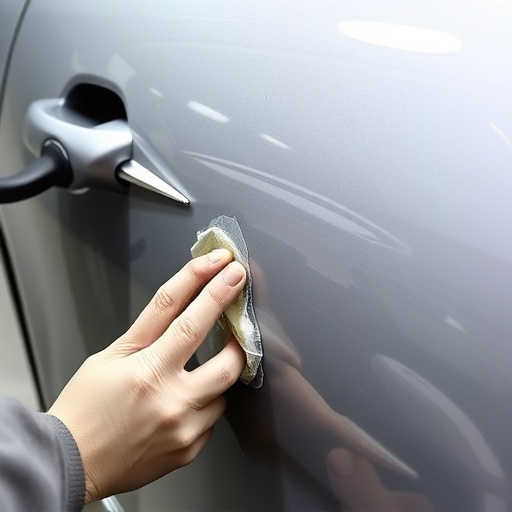
In today’s competitive market, understanding the nuances of composite material replacement is essential for both automotive body shops and collision repair services. As cars evolve with advanced materials like carbon fiber and fiberglass, the need for specialized tools and technologies to handle these composites efficiently arises. Composite material replacement tools cater to the unique challenges posed by these light yet robust materials, ensuring precision and speed in car repair shops.
This shift towards composite materials presents an opportunity for innovation within collision repair services. Specialized equipment like automated fiber placement machines, advanced cutting tools, and digital design software enable automotive body shops to offer high-quality repairs with minimal impact on the structural integrity of composite components. This not only enhances the overall quality of car repair but also reduces downtime for customers, making it a crucial aspect to consider in modern auto care.
Exploring Advanced Tools and Technologies
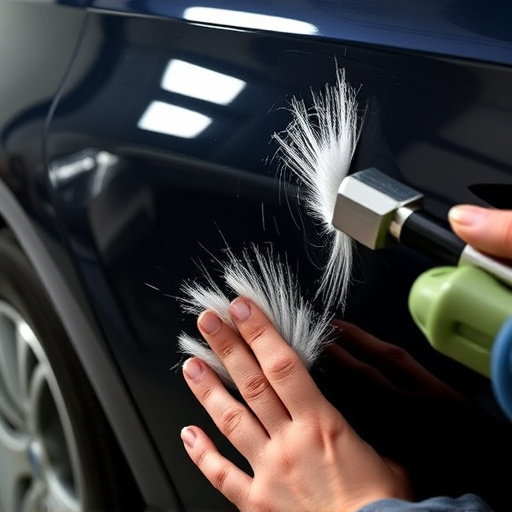
In the realm of composite material replacement, advanced tools and technologies are revolutionizing the way we approach vehicle bodywork repairs and car paint services. These innovations cater to the growing demand for efficient, precise, and eco-friendly solutions in the automotive industry. From laser technology that enables highly accurate cutting and shaping of composite materials to robotic systems that streamline painting processes, these advancements offer significant advantages over traditional methods.
For instance, advanced robotic arms equipped with sophisticated sensors can precisely apply paint and repairs, minimizing wastage and ensuring a seamless finish. Similarly, digital design software and 3D printing technologies enable the creation of custom molds and replacement parts tailored to specific car models, facilitating efficient car dent repair processes. As these tools continue to evolve, they promise to enhance the speed, quality, and sustainability of composite material replacement in various vehicle bodywork applications.
Implementing Sustainable Solutions for Composite Materials
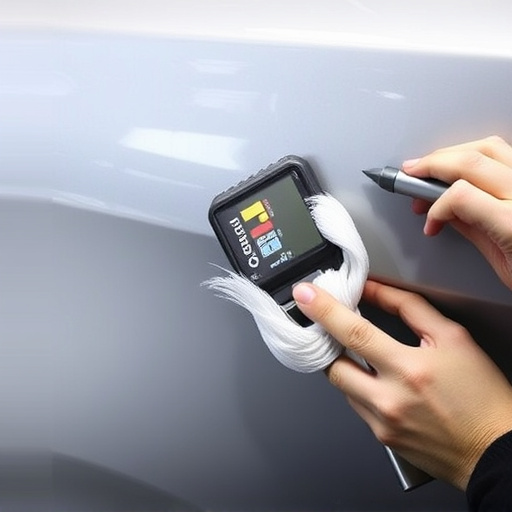
In today’s eco-conscious world, the demand for sustainable solutions in the automotive industry is rising, particularly when it comes to composite material replacement. Composite materials, known for their strength and lightweight properties, have been increasingly used in vehicle manufacturing, especially in high-performance cars like Mercedes Benz models. However, traditional methods of replacing or repairing these materials can be costly and environmentally harmful. To address this, innovative tools and technologies are being developed to promote sustainable composite material replacement practices.
One such solution is the adoption of advanced body shop services that specialize in composite repair and recycling. By implementing efficient techniques, these shops can offer cost-effective car body repair while minimizing waste. This includes utilizing specialized equipment for composite material removal, precision cutting, and precise bonding, ensuring a seamless integration of new parts. Such practices not only reduce the environmental impact but also contribute to making composite material replacement more accessible and affordable in the automotive sector, catering to both manufacturing and after-sales services, such as mercedes benz repair.
Composite material replacement tools and technologies are revolutionizing industries by offering sustainable solutions that address environmental concerns and enhance production efficiency. By understanding specific composite material needs, exploring advanced innovations like automated cutting systems and digital design software, and adopting eco-friendly practices, manufacturers can navigate the composite landscape effectively. These strategies not only streamline processes but also contribute to a greener future, ensuring the continued advancement of composite material replacement in various sectors.

